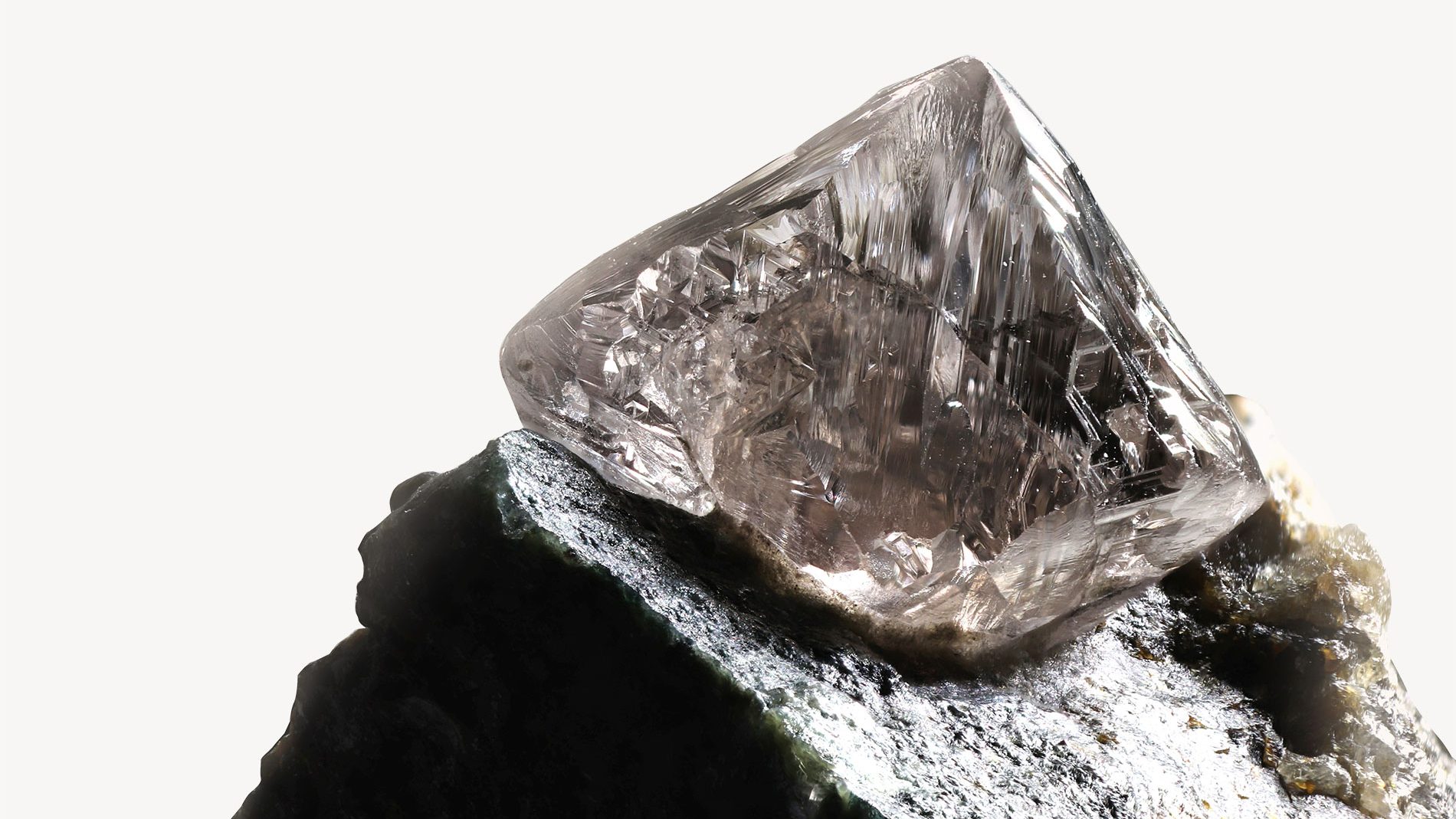
Mined diamonds have long been celebrated as symbols of love, luxury, and wealth. However, a common misconception persists in the public consciousness: that these gemstones are rare. In reality, mined diamonds are not rare, and understanding this fact can reshape our perspective on their value and significance. This article aims to explore the abundance of mined diamonds, the implications of their availability, and the evolving attitudes toward these beautiful stones.
The Mined Diamond Supply Chain
The supply chain of mined diamonds is extensive, beginning from their extraction in various parts of the world. Major producers like Russia, Canada, and Botswana contribute significantly to the global supply of mined diamonds. These countries possess vast diamond reserves, and modern mining techniques have allowed for more efficient extraction. Consequently, the idea that mined diamonds are not rare becomes increasingly evident when considering the large quantities produced annually. With advancements in technology and mining practices, the output of mined diamonds continues to grow, challenging the notion of scarcity.
Market Manipulation and Perception
The perception of mined diamonds as rare gems has often been influenced by marketing strategies rather than geological reality. The diamond industry, particularly companies like De Beers, has played a crucial role in shaping consumer beliefs about the rarity of lab diamonds. Through strategic advertising and controlling supply, these companies have created a sense of exclusivity surrounding mined diamonds. This manipulation of market dynamics has led many to believe that mined diamonds are not only precious but also scarce. In truth, the abundance of mined diamonds in the market contradicts this perception.
The Role of Synthetic Diamonds
As technology advances, synthetic diamonds have emerged as a viable alternative to their mined counterparts. Lab-grown diamonds are created using high-pressure, high-temperature (HPHT) methods or chemical vapor deposition (CVD), resulting in stones that are virtually identical to mined diamonds. The increasing popularity of synthetic diamonds further emphasizes the fact that mined diamonds are not rare. With both options available to consumers, the distinction between mined and lab-grown diamonds has sparked discussions about authenticity, value, and environmental impact.
Environmental Impact of Mined Diamonds
While mined diamonds are not rare, the environmental consequences of their extraction cannot be overlooked. Diamond mining often involves significant disruption to ecosystems, leading to deforestation, soil erosion, and loss of biodiversity. The contrast between the abundance of mined diamonds and the environmental toll they exact has led to a growing awareness of ethical sourcing. Consumers are increasingly seeking transparency in the diamond supply chain and are more inclined to choose options that minimize harm to the environment. This shift in consumer behavior highlights the need for responsible practices in the diamond industry.
The Value of Mined Diamonds
The perception that mined diamonds are not rare raises important questions about their value. Traditionally, the price of diamonds has been closely tied to their perceived rarity. However, with a greater understanding of the supply chain and the influence of market manipulation, consumers are starting to reassess what these stones are truly worth. The emotional significance of mined diamonds, often linked to life events such as engagements and weddings, still plays a critical role in their value, but the economic aspect is becoming more complex. As awareness grows, buyers may prioritize ethical considerations over the traditional allure of rarity.
Changing Consumer Attitudes
As consumers become more informed about the realities of mined diamonds, attitudes are shifting. The idea that mined diamonds are not rare has prompted many to question their purchasing decisions. More individuals are opting for ethically sourced or synthetic diamonds, reflecting a desire for greater responsibility in their consumer choices. This trend signifies a broader movement towards sustainability in the jewelry industry. By recognizing that mined diamonds are not rare, consumers can make more conscious decisions that align with their values.
Conclusion: Rethinking the Rarity of Mined Diamonds
In conclusion, the belief that mined diamonds are rare is rooted more in marketing narratives than in actual geological scarcity. The reality is that mined diamonds are abundant, supported by a robust supply chain and advancements in extraction technologies. As awareness grows regarding the environmental impacts and ethical considerations of diamond sourcing, consumers are increasingly valuing transparency and responsibility over traditional notions of rarity. By rethinking the significance of mined diamonds, we can foster a more sustainable and ethical approach to diamond consumption, leading to a future where beauty and conscience coexist harmoniously.

